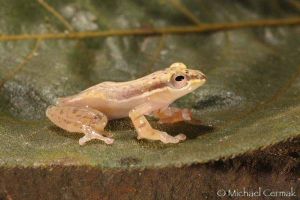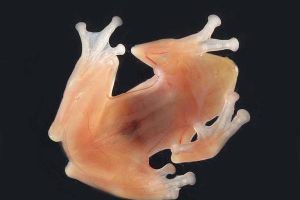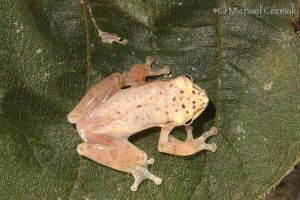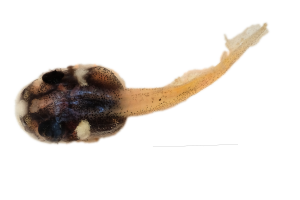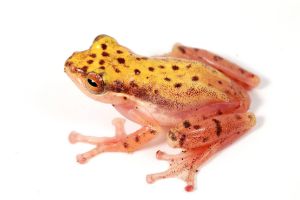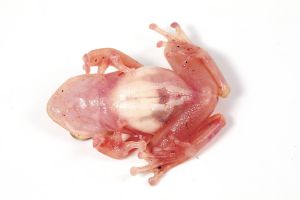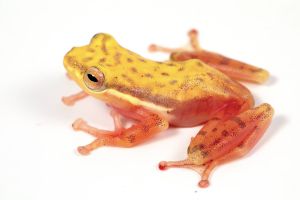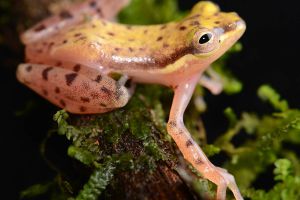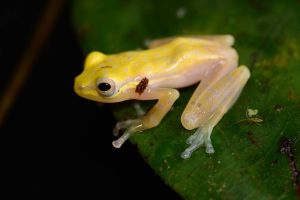
Frogs of Borneo

Frogs of Borneo

Frogs of Borneo

Frogs of Borneo

Frogs of Borneo

Frogs of Borneo

Frogs of Borneo

Frogs of Borneo

Frogs of Borneo

Frogs of Borneo

Frogs of Borneo
Bornean Families
Feihyla:
inexpectata
Bornean Opposite-fingered Tree Frog
Feihyla inexpectata was originally described as Chiromantis inexpectatus and later transferred to Feihyla as new phylogenetic analyses became available. Current records to our knowledge include Mulu in Sarawak and Maliau Basin (Type Locality Nepethes Camp) and Danum Valley in Sabah. This indicates that the species may be present in more localities in northeast Borneo.
The body of this species is slender, with relatively long forelimbs. The head is wide and flat, with a short snout and eyes directed slightly forward. The outer fingers are webbed at the base, and both finger and toe tips are expanded into adhesive discs. The dorsal skin is smooth, as is the underside skin. Coloration is yellow to light brown above, with dark spots. The throat and posterior belly are semi-transparent pink or red; the anterior belly is white. The belly is marked by two longitudinal white streaks. The underside of the limbs is fleshy to reddish in color. A brown band runs from the tip of the snout to the flank at mid-body, bordered below by a cream stripe. The iris is amber, fading to beige at the dorsal and ventral edges. The eyes are moderately large, with horizontally oval pupils lacking a distinct colored edge. The eardrum is present but small and inconspicuous.
This small rhacophorid species was described by Matsui et al. (2014), based on collections made in 2005. We confirm its presence at the type locality, an oblong forest pool of moderate depth. Individuals were observed perched 1–3 m above the ground on vegetation near the pool. Males called both from above and beneath leaves. Intensive dip-netting of the pool yielded a single Feihyla inexpectata tadpole. Genetic barcoding confirmed the species of the tadpole. The individual measured 15 mm in total length but was not fully grown. The tail comprised approximately 60.7% of this length (tail tip damaged). In dorsal view, the body is shaped like a strongly rounded rectangle, with laterally positioned eyes whose corneas extend beyond the body contour. The body is heavily pigmented, with conspicuous bright white spots at the snout and dorsolaterally at the head–trunk transition, while the tail is considerably less pigmented.
Version tracking
-
13.08.2025
edited
